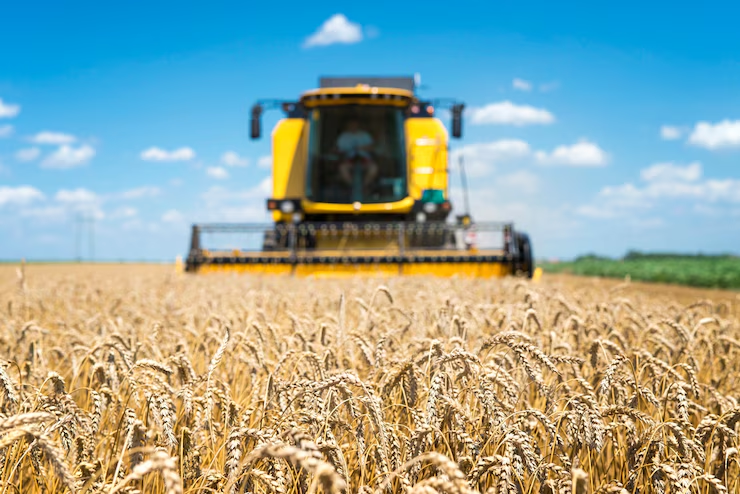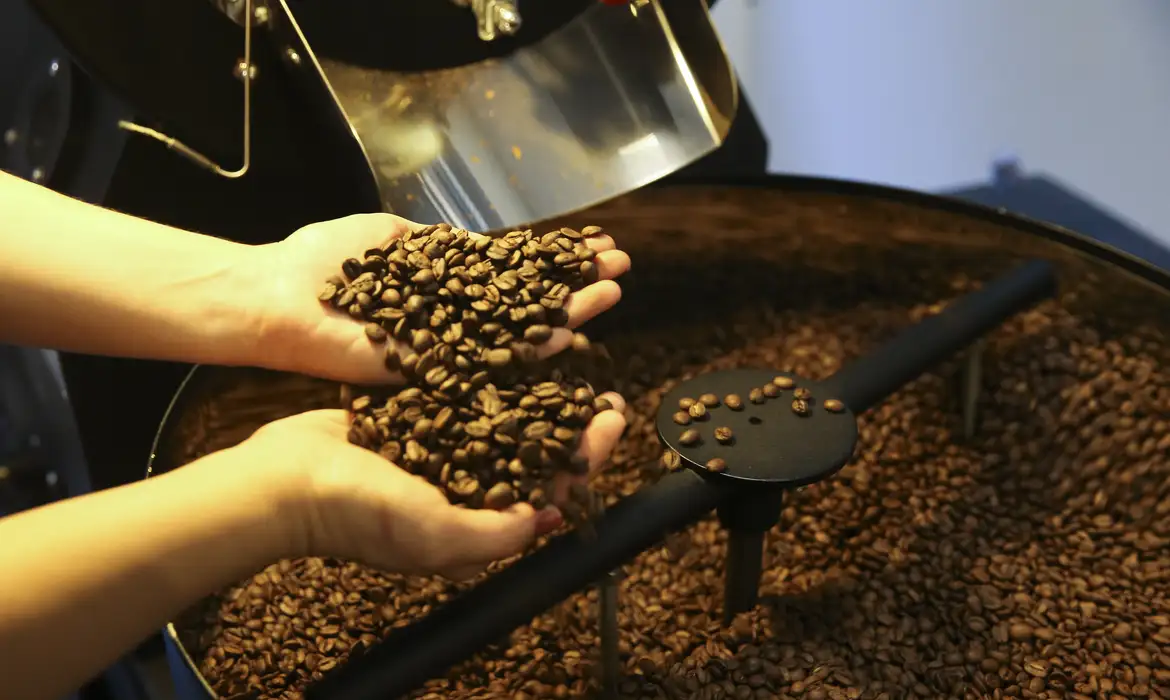Ministry of Agriculture updates soy ZARC with revision to a system that classifies soils

This guidance to producers aims to provide professionals with greater accuracy of the best time to plant. For the soybean crop, researcher José Renato Bouças Farias, from Embrapa Soja, explains that, on average, the lower productivity of the oilseed is related to the lack of rain and, therefore, the ZARC is vital for producers to overcome water deficit from soil.
“With zoning, we try to define those sowing times, that period of exploration of the crop less subject to climatic adversities. This then helps the producer in a greater stability of his production and reduces the losses of his productivity from one year to another”, he points out.
The soybean crop has a new ZARC update announced by MAPA. The revision brings as its main increment a new system for classifying soils. The new methodology more effectively classifies the amount of water available on Earth.
“It’s a pretty significant improvement. The risks will be estimated in a much more precise way depending on the condition of precipitation, water retention, the characteristic condition of the soil. And we now have a tool that, in fact, better expresses this risk”, explains Farias.
According to MAPA, the ordinances announced on April 26th, which update the ZARC for soybean cultivation, are valid for the following states: Acre, Bahia, Mato Grosso, Mato Grosso do Sul, Maranhão, Pará, Piauí, Rondônia , Tocantins, in addition to the Federal District.
By Brasil 61




